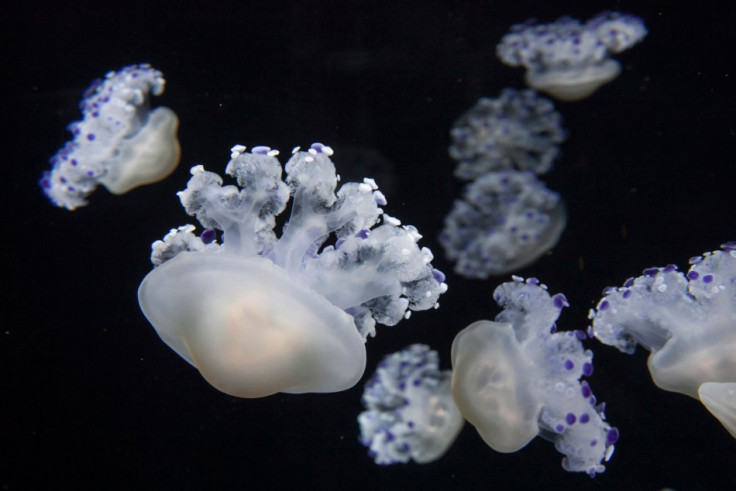Jellyfish Transformed into 'Super-Absorbent' Nappies and Tampons

A new method of transforming jellyfish into biodegradable "super-absorbers" suitable for use in nappies, sponges, paper towels and tampons has been developed by nanotechnology startup Cine'al.
Currently, the majority of high absorbent products produced commercially are made up of synthetic materials that can take thousands of years to break down.
The research based at Tel-Aviv University (TAU) in Israel stemmed from the idea of creating a biodegradable product that could potentially replace those currently on the market.
According to the chairman of Cine'al, Ofer Du-Nour, the material developed is several times more absorbent than commercial paper towels.
"One third of disposable waste in dumps consists of diapers," Du-Nour told the Times of Israel. "In its first year, a newborn baby generates, on average, 70 kilos of diapers a year, maybe more.
"Right now, these items are made of synthetics, which take hundreds and thousands of years to break down."
Absorbent jellyfish
The team of researchers at TAU found that jellyfish, composed of more than 90% water, were capable of absorbing large amounts of liquid without disintegrating.
Using nano-particles the researchers were able to turn the jellyfish into a hydromash - a "super-absorbent" material that can soak up high volumes of water in blood in seconds.
"The technologies we chose (in the medical and environmental fields) are proven technologies. The only issue is the engineering to bring the products to market," Du-Nour said.
If developed commercially, Du-Nour believes that the product could be used in a variety of applications, including clearing coastal areas of jellyfish.
"I think the use of this could eventually be required by governments that are spending millions of dollars to keep jellyfish out of tourist and harbor areas," Du-Nour said.
"There are too many jellyfish in the sea, and too many Pampers in landfills. Cine'al may have the ultimate answer to both those issues."
© Copyright IBTimes 2025. All rights reserved.























